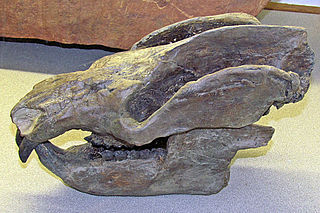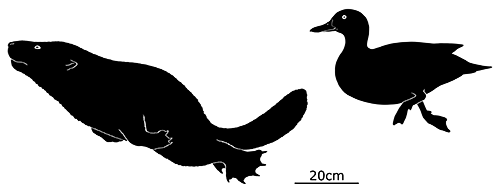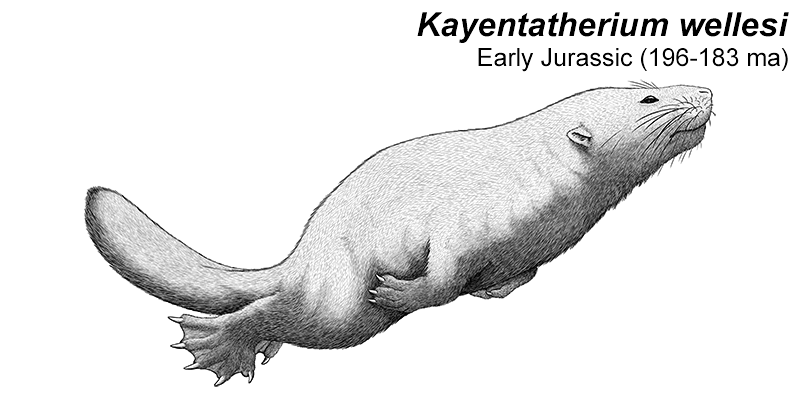Kayentatherium
Known from the Early Jurassic of Arizona (196-183 mya), Kayentatherium was part of a group of cynodonts called tritylodontids – very close cousins of the true mammals, specialized for herbivory. They had strong jaw muscles, large incisors, and grinding cheek teeth, an arrangement convergently similar to modern rodents, and were some of the latest-surviving non-mammalian synapsids, persisting into the Early Cretaceous.

Kayentatherium was one of the larger tritylodontids at just over 1m long (3′3″), and appears to have been semi-aquatic, with oar-shaped hindlimbs and a flattened beaver-like tail. Although not the first non-mammalian synapsid to be interpreted as a swimmer, it was the earliest close relative of the true mammals to develop these sorts of adaptations.


